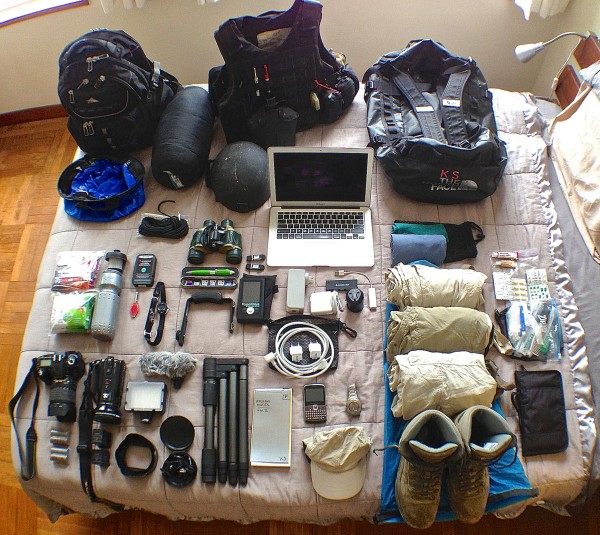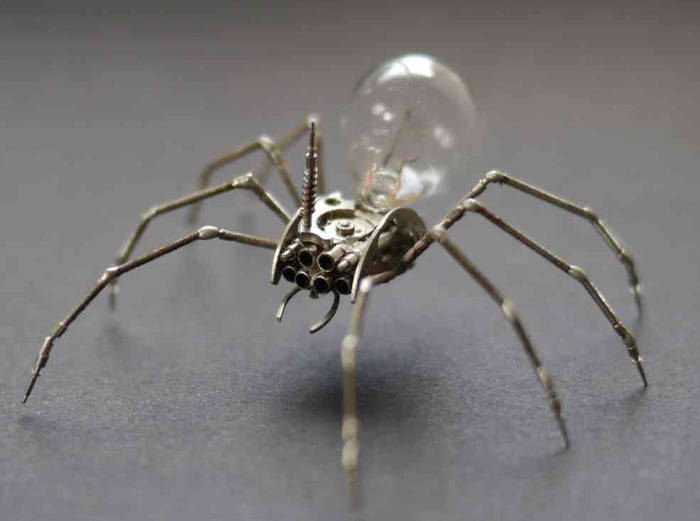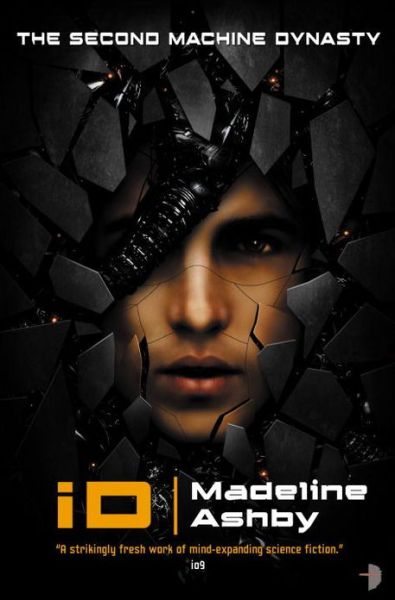“It’s a wonderful world. You can’t go backwards. You’re always moving forward. It’s the wonderful part about life. And that’s terrific.” -Harvey Fierstein
Yes, it’s true. As stationary and secure as it seems when you plant your feet firmly on the ground, the reality is we are always moving through the cosmos.
About its axis, the Earth spins around once per day. Unless you’re at the exact north or south pole of the planet, that means that you are in motion, too! The fastest-moving among us are located at the equator, moving just over 1,000 miles-per-hour (1,600 km/hr), decreasing steadily as you move farther away in latitude. (Just north of the 45th parallel, where I am, I move at about 700 miles-per-hour, or just over 1,100 km/hr.)
But regardless of where you are on Earth, we’re all moving faster than that.
Orbiting around the Sun annually, we traverse a giant, nearly-circular ellipse some 584 million miles (942 million km) in circumference. (Or, for an ellipse, in perimeter.) That comes out to a speed of 67,000 miles-per-hour (107,000 km/hr). In fact, that’s so fast that it makes more sense to talk about miles (or kilometers) per second rather than per hour: 18.5 miles-per-second or 30 km/s!
But it’s not like the Sun is a stationary object, either.
Located some 25,000 light-years from the galactic center, the Sun speeds through our gigantic Milky Way along with the vast majority of other stars in our vicinity, making an elliptical-shaped, wobbly orbit. The last time the Sun was in this location relative to the Milky Way, reptiles and primitive dinosaurs dominated the Earth; it was some 225 million years ago in the Triassic period. Since our Sun was formed, we’ve made about 20 trips around the Milky Way, moving at a mean speed of about 137 miles-per-second (220 km/s).
So you’re moving along with the rotating surface of the Earth, flying through space around the Sun, all while the entire Solar System speeds around the galaxy. But is the galaxy itself moving?
More importantly, how would we know?
You might think to look at the galaxies all around us. After all, you know that the Universe is expanding, and that the galaxies farther away from us are moving away faster and faster from us, directly proportional to their distance. It’s a great idea, and a fantastic thing to try.
Unfortunately, it won’t work.
You see, the expansion of the Universe is by far the dominant effect on how fast objects are moving away from us on large scales, but on smaller scales, gravity can be very important. The gravitational effects from a large galaxy cluster or supercluster can cause a galaxy to move by hundreds or even thousands of kilometers-per-second different from what Hubble’s law predicts.
This is well understood and expected, and is known as an object’s peculiar velocity. Since our Universe is very clumpy and clustered, we’d expect our galaxy to have a peculiar motion, too. But even if we were successfully able to map out the nearby Universe, that wouldn’t tell us what our own peculiar motion is.
But there is a way to measure this, and we owe a great debt of thanks to the Cosmic Microwave Background for allowing us to do this!
About 380,000 years after the Big Bang, neutral atoms formed in the Universe for the first time, making it transparent to all the radiation left over from the Big Bang. That radiation then travels in a straight line for all eternity, stretching in wavelength as the Universe expands, until it runs into something.
Well, we’re something, and so when we look in any direction in space, we see this leftover radiation with the same exact energy spectrum and temperature: about 2.725 Kelvin.
The thing is, this isn’t exactly what the microwave sky looks like. Last week, I gave you five facts you probably don’t know about the Cosmic Microwave Background, but here’s one more. You’ve probably seen this now-famous picture of the microwave sky as seen by the Planck satellite.
This shows you the fluctuations about the mean temperature that we observe in the Cosmic Microwave background. Of course, you have to take away the mean temperature to show this; these are fluctuations on the order of tens to hundreds of microKelvin, as compared with the background temperature that’s tens of thousands of times greater in magnitude. But there’s something else that needs to be subtracted out: a directional red-and-blueshift caused by our own motion relative to the background radiation itself!
There’s a direction in the sky that the background radiation is redshifted by a maximum of about 3.3 milliKelvin, and 180 degrees away from that in the opposite direction, the radiation is blueshifted by the exact same amount. There are only two explanations: either the entire Universe is moving with respect to our galaxy by this amount, or it’s our galaxy that’s moving relative to this radiation. Given everything we know about physics, relativity, and the observed relative motion of every other galaxy in the Universe, we can be pretty confident that it’s the latter.
This corresponds to a speed of about 670 km/s, or 416 miles-per-second; just over 0.2% the speed of light. This is a totally typical and reasonable peculiar velocity, although it’s fair to say that we are uncertain as to what gravitational structure is causing it. (About 20 years ago, people assumed it was a mass known as the great attractor; that appears now to be ruled out as the cause of our peculiar motion.)You may also notice that this dipole — in spherical harmonics, this is known as l = 1 — is omitted from all graphs of the cosmic microwave background’s temperature fluctuations.
That’s because it has to be subtracted out, and if it were on the graph, it’d be a factor of thousands larger than all other points here. This is a little frustrating, because there actually is a primordial dipole (l = 1) component to the cosmic microwave background’s fluctuations, but we are unable to measure it because of our own peculiar motion. In fact, if we’re at all imperfect in subtracting it out, it could artificially lower the quadrupole moment, something which was heatedly discussed in the community about a decade ago.
Thanks a lot, gravity!
Although it doesn’t look like — thanks to dark energy — we’ll ever merge with any other galaxies beyond our local group, the presence of these distant masses continues to effect us gravitationally, and alter our motions through the cosmos. How great it is that here we are to see it!









































 Sculptor
Sculptor  Readers of vN wanted to know more about New Eden Ministries, the church that developed the vN for post-apocalyptic mass production. Now they will. They wanted to know more about Mecha, the city in Japan built by and for robots. Now they will. They wanted to know how Amy thought she could just start orphanages for unwanted robots in the middle of the ocean, without any repercussions from the human world. They’ll see how that turned out.
Readers of vN wanted to know more about New Eden Ministries, the church that developed the vN for post-apocalyptic mass production. Now they will. They wanted to know more about Mecha, the city in Japan built by and for robots. Now they will. They wanted to know how Amy thought she could just start orphanages for unwanted robots in the middle of the ocean, without any repercussions from the human world. They’ll see how that turned out. 



